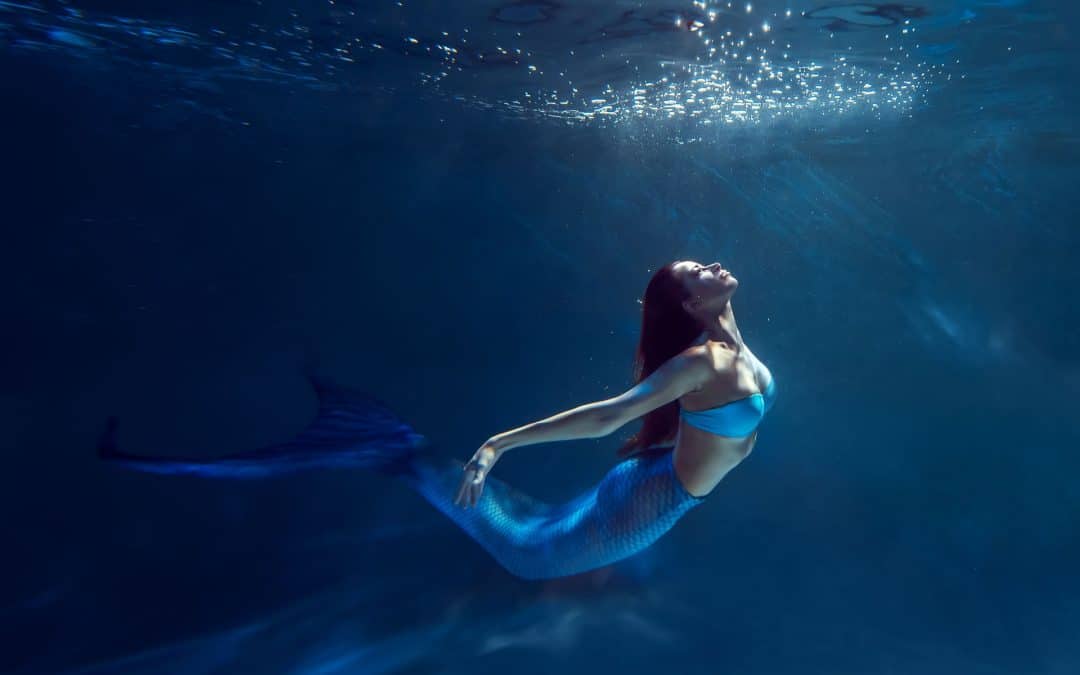
Promoting Sleep and Enhancing Mood – Without Cannabis
While we often feel we have to use drugs and medicines to help us rest and sleep, we actually have all we need inside us.
Our bodies have a natural ability to rest and restore, but when we don’t know how to tap into it, we turn to pharmaceuticals. For thirty years now we have known about the Endocannabinoid System. It was found in the 1990’s by researchers exploring compounds in cannabis. The ECS is a complex cell-signalling system in your body that influences sleep, mood, appetite, movement, memory, pain and fertility.
Drugs like cannabis use the pathways of this signalling system to move the body and brain into a more inert state. By activating the ECS, cannabis can help to reduce inflammation, to relieve pain and to allow us to experience our body in a softer state. While it has many benefits, cannabis can also have side-effects. Even the softer cannabis options can make you drowsy and unmotivated. It can leave your head a bit cloudy and affect movement. So what else can influence pathways to the ECS to bring our body into a softer state?
We have found recently that the fascia is intimately connected to the endocannabinoid system. Our fascia is a highly sensitive, connective tissue that surrounds all of our body. It holds our organs, blood vessels, muscles, bones and nerve fibre in place. It responds to the flight / fight system and it mobilises when we are safe and can get restricted when we are stressed or in pain. The fascia is like our inner ‘spidey suit’, it responds very quickly and helps us to move and it helps us to relax. If we are in pain for a long time, it can get fixed and stuck. We can access the fascia by massage and touch and help it to release and soften our physical system and it seems that this, in turn, softens or accesses the Endocannabinoid System.
Studies are showing that there are endocannabinoid receptors in the tissue of the fascia which suggests that the fascia communicates with the ECS.
More and more we are finding studies that show us that touch is a modulator of pain relief and these recent findings help to explain why. The body communicates in intricate, bidirectional ways. Everything is interconnected and we have so much at our disposal if we can see the innate sophistication of how it all works.
When we learn to work with the body, learn to give the body the right signals, we can learn how to naturally down-regulate the system. When someone has been in a consistent, constricted body state; gentle, focused touch can teach their inner system how to soften. The body can learn to experience something new and we can begin to understand the terrain of our nervous system and befriend it.
Working with A.R.T. (anxiety reframe technique) people often say ‘I feel like I’m stoned, I feel really relaxed like I’ve taken drugs, but my mind is clear’.
This may be because we have activated the ECS through the fascia, through gentle physical exercises that have stimulated the body to shift into a more down-regulated state. When we do this respectfully, with great regard for the intelligence of the entire system, we get results. When we work simply, the client is able to understand and incorporate the learning and they have tools that they can use themselves to bring their body into this state. We employ the natural ability of the ECS and fascial system to move ourselves into a calm state – naturally.
Come and learn more about how – naturally – get your nervous system back into a place of rest and restore.






Recent Comments